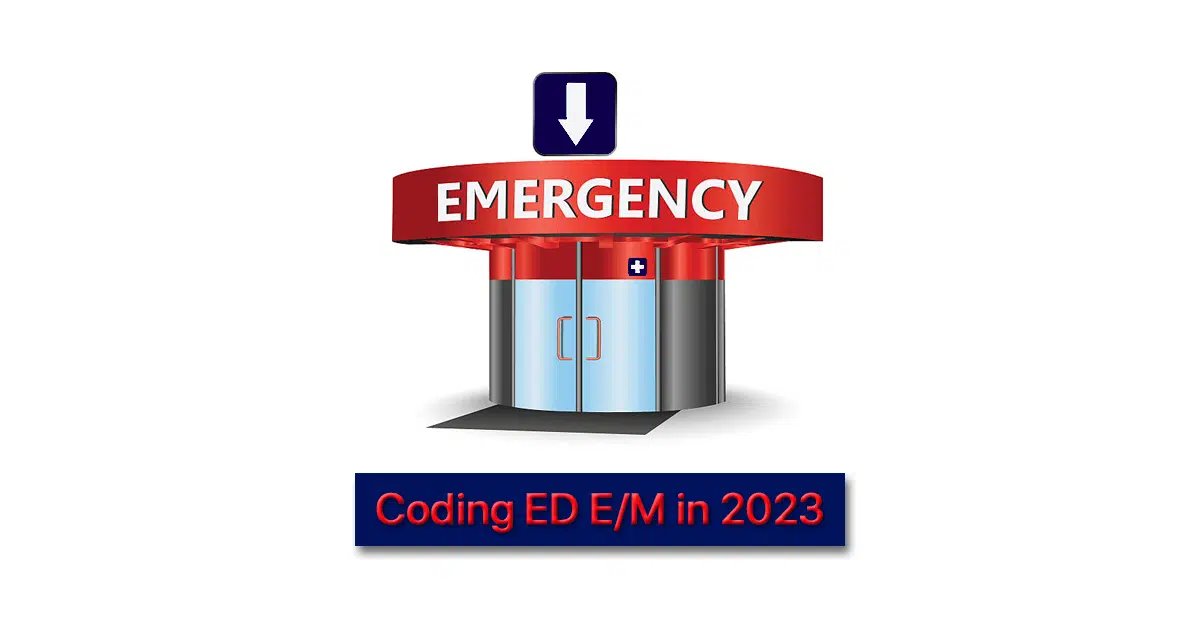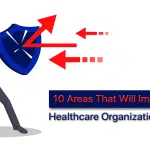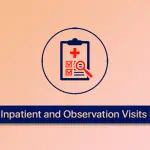Attendees at AAPC’s AUDITCON, Nov. 3-4, 2022, came loaded with questions about the coding and guideline changes for evaluation and management (E/M) services in CPT® 2023. The conference offered several sessions on the subject, including the ED session, “Changes in 2023: Emergency Department,” presented by AAPC Chief Product Officer.
The officer provided a high-level overview of physician coding and guideline changes for emergency departments (EDs) in 2023. Here are some of the questions that the officer answered during the session.
Q: Since facility ED levels are determined based on hospital resources, isn’t coding an E/M visit and a critical care service on the same date of service double billing?
A: No because the criteria for reporting the professional component and facility component are different. The changes to the professional E/M determination should not change how your facility identifies the levels of care based on how hospital resources bill for the facility service.
Q: Can facilities bill for critical care or only the provider (physician or nonphysician practitioner)?
A: Facilities are permitted to bill for critical care services when the criteria are met. More information regarding the CMS guidance for facility critical care services can be found in the Medicare Claims Processing Manual Pub. 100-04, Chapter 4.
Q: Would 99281 be an incident-to type of service that would not apply on the physician side?
A: The changes to the CPT® code descriptors do not impact incident-to guidance, which is a CMS policy. The 99281 is appropriate to be billed for the physician or nonphysician practitioner services. An example of this is the removal of sutures that were placed by another provider that is not included in a postoperative period from the physician group who placed the sutures.
Q: Please provide your thoughts on what qualifies as a “stable” acute illness. If the condition is progressing or worsening, would that fall under moderate?
A: Sometimes we will have patients in the hospital who seem stable, but they can’t be discharged until diagnostic tests come back to verify that status. Because the patient’s status can change from day to day, you will determine the complexity of the patient’s condition for the date of service you are coding/auditing. It’s possible for a patient to be stable one day and then worsen the next day. If the patient’s condition is worsening, then it could be considered moderate complexity of the condition being addressed. You still have to meet one of the other two elements of MDM (data or risk).
Q: In the ED setting, when the ED provider separately documents an EKG (93010), can credit be given for the decision to obtain and review previous EKGs if the record indicates “no prior EKG to compare” or a similar statement? And is it appropriate to allow credit for relevant findings from the review of old records?
A: If the provider doing the interpretation indicates that they don’t have anything to compare it to, it would not be separate work from a data perspective. When the provider is reviewing old records, yes, that is pertinent and can be included under data.
Q: What is considered a “chronic” issue — anything that has been going on for a certain amount of time — or is there a list of what can be considered a chronic problem? If a provider lists a problem as chronic, do we automatically count it as a chronic illness?
A: Generally, there is no reason to question a provider’s clinical judgment. Per the E/M guidelines, a stable, chronic illness is “a problem with an expected duration of at least one year or until the death of the patient.” Note that the definition states “expected” duration, not that it has been present for one year.
Q: Recently, I came across ED services that extend to the next day or sometimes 72 hours due to no beds available on-site or in the community. How would you capture this?
A: It’s going to depend on what the patient’s status is in the hospital. Are the ED physicians still monitoring the patient? Is a hospitalist monitoring the patient? Is the patient waiting to be transferred? Coding will depend on the situation.
Q: How do you determine complexity and data when the ECC has protocols in place? For example, the patient comes in with chest pain, so a full workup is done to rule out a heart attack, etc. But ultimately, the patient has GERD. The final diagnosis is not high complexity but based on testing that was done strictly for protocol, it could be considered complex.
A: The E/M guidelines state, “The final diagnosis for a condition does not, in and of itself, determine the complexity or risk, as extensive evaluation may be required to reach the conclusion that the signs or symptoms do not represent a highly morbid condition. Therefore, presenting symptoms that are likely to represent a highly morbid condition may ‘drive’ MDM even when the ultimate diagnosis is not highly morbid. The evaluation and/or treatment should be consistent with the likely nature of the condition.” In addition to the E/M guidelines, you can refer to the Prudent Layperson’s Standard, which defines an emergency medical condition.
Q: If an ED provider orders a test but the results do not come back until another ED provider takes over care, does the second provider get credit for reviewing the results since they are all in the same group?
A: When it comes to the order and review of tests, if provider A and provider B are part of the same group or specialty, the order and review are not considered independent work — that’s considered work of the group and inclusive. If the providers are of different specialties, then that is considered independent work and the providers can separately bill for the work they furnish.
Q: Will a consult request count as an interactive exchange, and who gets the credit? The provider who requested the consult or the other provider or both?
A: A request for a consultation is not an interactive exchange that would be considered a discussion of management or test interpretation under the data element for MDM.
Q: Will the provider get credit for ordering the EKG and the independent interpretation?
A: In the CPT® guidelines, it states that the order would not be counted separately when the provider is performing an independent interpretation.
Q: On the Medical Decision Making (MDM) table in CPT®, there are not examples for “minimal” and “low” risk, so can we use examples from the table of risk?
A: The table of risk was used to create the new MDM table. In the table that we have now, you can use examples from the table of risk when it comes to management options to support MDM where appropriate.
Q: Can you give an example of when an EGD and colonoscopy would be considered moderate risk?
A: An example would be when a patient has a comorbidity and there’s a question about what anesthesia will be used and if the patient will need to be evaluated first.
For More Information: 86916 coding ed e m in 2023



